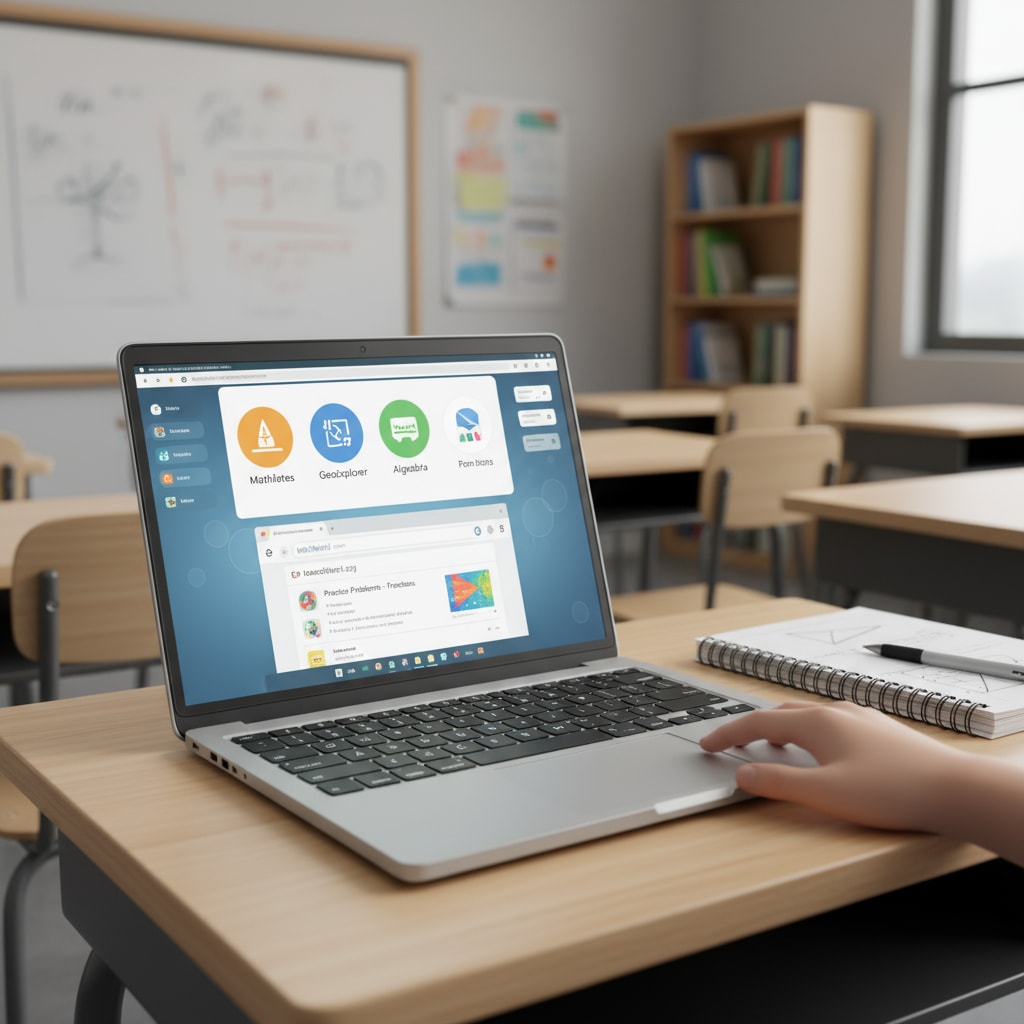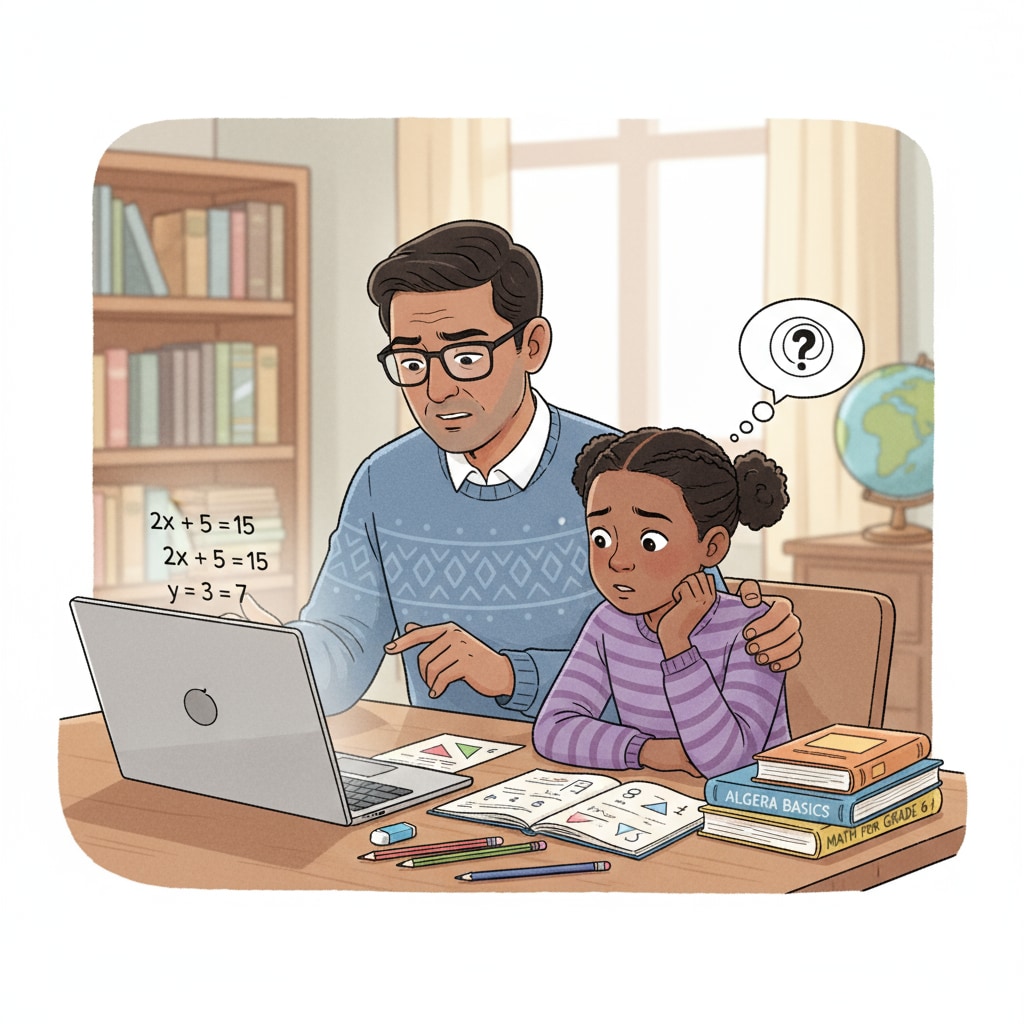In the realm of K12 education, digital learning, Chromebook, math textbooks, and parent tutoring are intertwined elements that are currently facing significant challenges. The rise of digital learning platforms, often centered around devices like Chromebook, has transformed the educational landscape. However, this shift has brought to light some concerning issues, particularly the lack of systematic content and sufficient practice resources.

The Digital Shift and Its Impact on Content
The move towards digital learning platforms such as Chromebook has been seen as a progressive step in education. It offers the promise of instant access to vast amounts of information. However, in reality, the content available on these platforms lacks the systematic structure that traditional textbooks, like math textbooks, provide. For example, a student might find a jumbled collection of math lessons on a Chromebook-based platform, without a clear progression from basic to advanced concepts. This lack of systematic content can confuse students and make it difficult for them to build a solid foundation in subjects like math.
The Shortage of Practice Resources
In addition to content issues, digital learning platforms often fall short when it comes to providing enough practice resources. In traditional education, math textbooks typically come with a wealth of exercises and problems for students to practice and reinforce their learning. On digital platforms, though, the quantity and quality of practice materials can be limited. As a result, students may not get the necessary repetition and exposure to different types of problems, which is crucial for mastering mathematical concepts. This lack of practice resources can directly impact students’ performance in exams and their overall understanding of the subject.

The implications of these issues extend beyond the students themselves. Parents who are trying to assist with their children’s learning, especially in math, are also facing difficulties. With the lack of clear, systematic content and sufficient practice materials on digital platforms, it becomes challenging for parents to provide effective tutoring. They may not know where to start or how to guide their children through the learning process. This can lead to increased stress for both parents and students.
To address these problems, a balance between digital and traditional educational resources is essential. Schools and educators should not completely abandon traditional textbooks but rather use them in conjunction with digital platforms. By combining the structured content of textbooks with the interactive features of digital learning, students can benefit from the best of both worlds. Additionally, digital platform developers need to focus on creating more comprehensive and systematic content, as well as providing an adequate amount of high-quality practice resources. This way, students can have a more fulfilling learning experience, and parents can play an active role in their children’s education.
Readability guidance: The article uses short paragraphs to clearly present ideas. Each section focuses on a key aspect of the issue. Transition words like “however”, “in addition”, and “as a result” are used to connect ideas smoothly. Lists could be further incorporated in future expansions to make the content more organized. The passive语态 is kept to a minimum, and most sentences are in the active voice for better readability.


